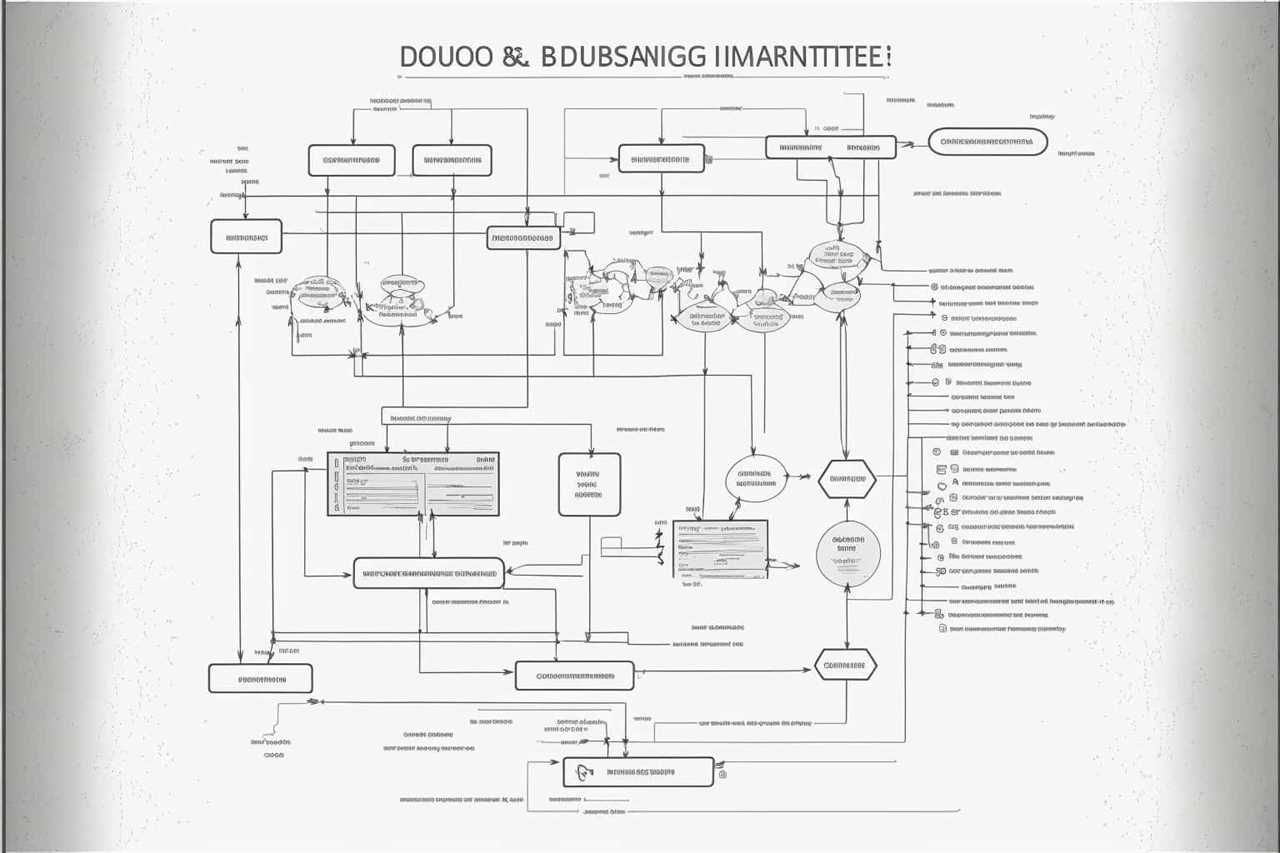Are you ready to succeed in AI document analysis and classification?
In this article, we’ll guide you through the basics, challenges, and essential techniques for accurate classification.
By leveraging AI tools, legal professionals can efficiently analyze and classify documents, saving time and improving accuracy.
We’ll also share best practices to ensure you’re implementing the most effective strategies in the field of legal AI.

Get ready to level up your skills and become a pro in document analysis and classification.
Let’s dive in!
Key Takeaways
- Document extraction and NLP algorithms are essential for retrieving relevant information from legal documents.
- Overcoming bias in document classification is crucial to ensure fair and accurate results.
- AI-powered tools streamline workflow and improve efficiency in document analysis for legal professionals.
- Advanced AI technologies such as NLP, machine learning, and data analytics enhance accuracy and decision-making in legal practice.
Understanding the Basics of Document Analysis
We will begin by exploring the fundamental principles of document analysis in order to gain a comprehensive understanding of its basic techniques and methodologies.
Document extraction is a critical aspect of document analysis, as it involves the process of retrieving relevant information from various types of documents. This can include extracting specific data points, such as names, dates, and addresses, or extracting entire paragraphs or sections of text.

Natural language processing (NLP) is a key technology used in document extraction, enabling the analysis of unstructured text and the identification of patterns and relationships within the document. NLP algorithms can parse through large volumes of text, making sense of the content and extracting meaningful information.
Key Challenges in Document Classification
Moving forward from our exploration of the basics of document analysis, we now delve into the key challenges that arise in document classification.
-
Overcoming bias in document classification:
-
Addressing unconscious biases in training data to ensure fair and accurate classification.

-
Implementing strategies to minimize the influence of personal biases during the classification process.
-
Regularly monitoring and auditing the classification system to identify and correct any biases that may emerge.
-
Automating document classification for faster results:
-
Developing efficient algorithms capable of accurately categorizing documents at a high speed.

-
Leveraging machine learning techniques to automate the classification process and reduce manual effort.
-
Integrating natural language processing capabilities to improve the accuracy and speed of document classification.
These challenges require a comprehensive understanding of both the technical aspects of AI and the legal domain to ensure successful document classification. By addressing bias and automating the process, legal professionals can achieve faster and more accurate document analysis.
Leveraging AI Tools for Efficient Analysis
To optimize document analysis and classification, legal professionals can enhance efficiency by leveraging AI tools.

By using AI-powered tools, legal professionals can improve accuracy and increase productivity in their document analysis tasks. AI tools can automatically extract relevant information from large volumes of documents, saving time and effort compared to manual review. These tools can also identify patterns, relationships, and trends within the documents, providing valuable insights for legal professionals.
Additionally, AI tools can assist in categorizing and organizing documents based on specific criteria, making it easier to locate and retrieve relevant information when needed. With the ability to handle large volumes of documents quickly and accurately, AI tools enable legal professionals to streamline their workflow, ultimately improving efficiency and productivity in document analysis and classification tasks.
Essential Techniques for Accurate Classification
An essential technique for accurate classification in AI document analysis for legal professionals is utilizing advanced machine learning algorithms. These algorithms play a crucial role in analyzing and categorizing vast amounts of legal documents efficiently and accurately.
To ensure the effectiveness of these algorithms, certain techniques must be employed, such as:

-
Data preprocessing: Before feeding the data into the machine learning algorithms, it’s essential to clean and preprocess the documents. This includes removing irrelevant information, standardizing the formatting, and handling missing data.
-
Feature extraction: Extracting relevant features from the documents is vital for accurate classification. This involves identifying key attributes that can help distinguish between different document types or categories.
-
Model training and optimization: Properly training the machine learning models with labeled data and optimizing their parameters are crucial steps to improve classification accuracy.
Implementing Best Practices in Legal AI
To successfully implement best practices in legal AI, we need to focus on optimizing model performance and integrating advanced technologies. By doing so, we can maximize efficiency and reduce errors in the document analysis and classification process. One way to achieve this is through the use of natural language processing (NLP) algorithms, which can extract key information from legal documents and improve accuracy. Additionally, leveraging machine learning techniques such as supervised and unsupervised learning can enhance the AI system’s ability to classify documents accurately. By incorporating these advanced technologies, legal professionals can streamline their workflows, save time, and ensure more precise results. The table below provides an overview of the key technologies and their impact on maximizing efficiency and reducing errors in legal AI.

| Technology | Impact on Legal AI |
|---|---|
| Natural Language Processing (NLP) algorithms | Improves accuracy in extracting information from legal documents |
| Machine Learning (Supervised and Unsupervised Learning) | Enhances document classification accuracy |
| Advanced Data Analytics | Provides insights for decision making based on large volumes of legal data |
Frequently Asked Questions
What Are the Ethical Considerations When Using AI for Document Analysis and Classification in the Legal Profession?
Ethical considerations are crucial when using AI for document analysis and classification in the legal profession. We must address data privacy concerns, ensuring that sensitive information is protected and used responsibly.
How Can Legal Professionals Ensure the Security and Confidentiality of Sensitive Information During the Document Analysis Process?
To ensure the security and confidentiality of sensitive information during document analysis, legal professionals must implement robust security measures and stringent data protection protocols. This is essential for maintaining client trust and safeguarding sensitive data.
Are There Any Limitations or Drawbacks to Using AI Tools for Document Analysis and Classification in the Legal Field?
There are limitations and drawbacks to using AI tools for document analysis and classification in the legal field. We must carefully consider potential errors, biases, and the need for human oversight.
How Can Legal Professionals Effectively Handle the Potential Biases That AI Algorithms May Introduce During Document Analysis and Classification?
To effectively handle biases introduced by AI algorithms during document analysis and classification, legal professionals must be aware of potential biases, implement strategies to mitigate them, and continuously monitor and evaluate the results.

What Are the Potential Legal Implications or Challenges That May Arise From Relying Heavily on AI for Document Analysis and Classification in the Legal Profession?
Relying heavily on AI for document analysis and classification in the legal profession may give rise to potential privacy concerns and impact the job market by decreasing the need for certain tasks.
Conclusion
In conclusion, mastering AI document analysis and classification is crucial for legal professionals to effectively manage and process large volumes of legal documents.
By leveraging AI tools and implementing best practices, legal professionals can enhance their efficiency and accuracy in document analysis.
Can we afford to ignore the power of AI in revolutionizing the legal industry and improving access to justice?












